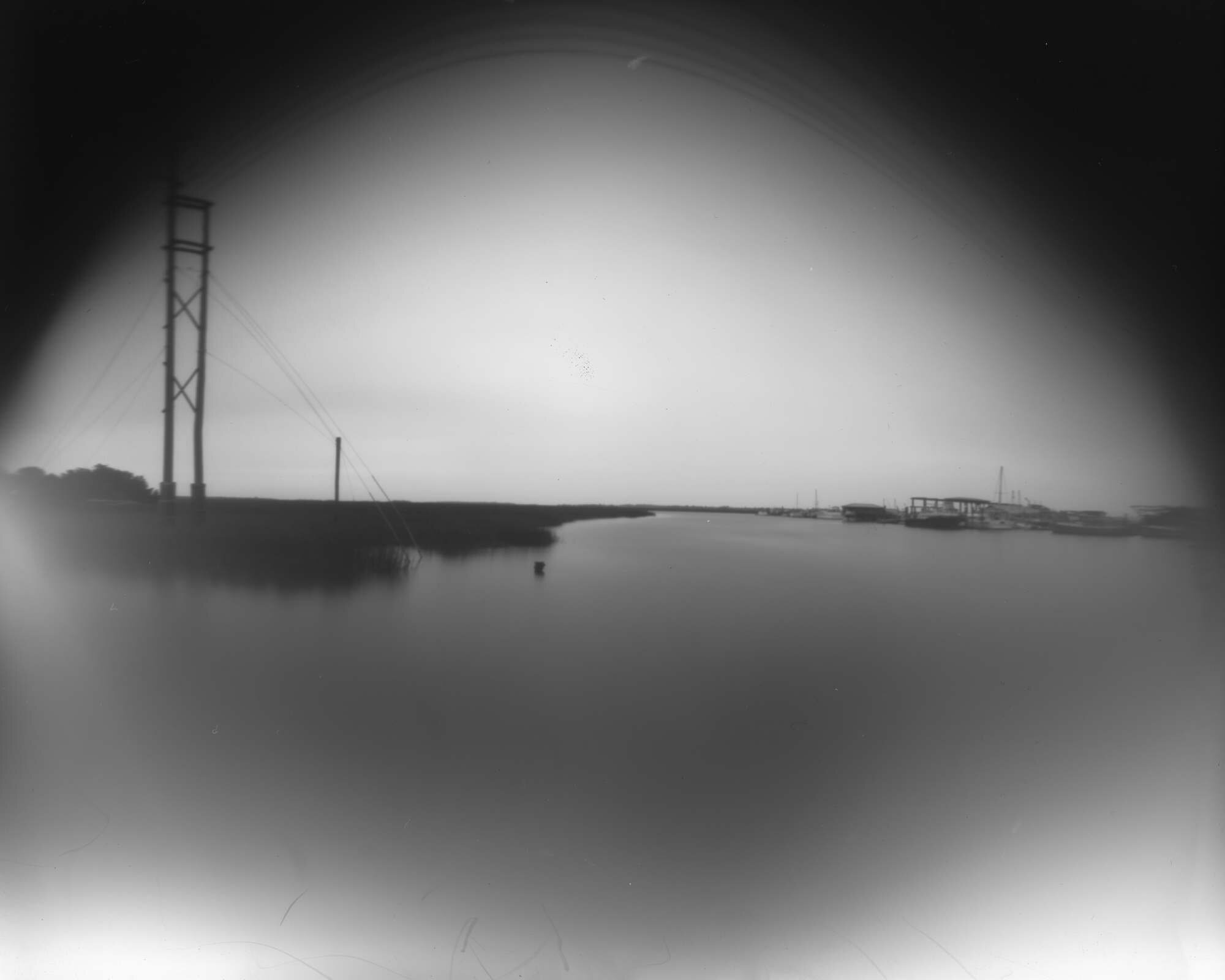Lazaretto assesses the layered relationship between nature and culture; place and history. This collection of contemporary photographs presented alongside historical research addresses the complexities of time and location using Lazaretto Creek of coast Georgia as a case study. Lazaretto combines contemporary photography, archival research, specimen collecting, and imagination to create a rich and complex view of a specific place, Lazaretto, as it has changed in appearance, function, and meaning over time. Human history, societies, and culture contour the landscape and give it meaning, turning a natural space into place. A place, once named, becomes something humans designate on a map and profess to understand, but this project examines how we as a contemporary society can comprehend a place in its entirety. Lazaretto employs various methods of photography, installation, and archival materials to provide viewers with a physical and conceptual multi-layered understanding of this site’s evolving status as a natural habitat, Native American home site, holding area for enslaved laborers, tourist destination, and local fishing hub. These photographs, archival ephemera, and physical collections encourage viewers to re-examine their perception of place as it pertains to this specific site, and by extension their own surroundings. Lazaretto pays homage to human histories, both remembered and forgotten. While some stories will never be known, it is Lazaretto’s aim to consider those that have been documented and those that have slipped through the cracks of time.
Next
Next


